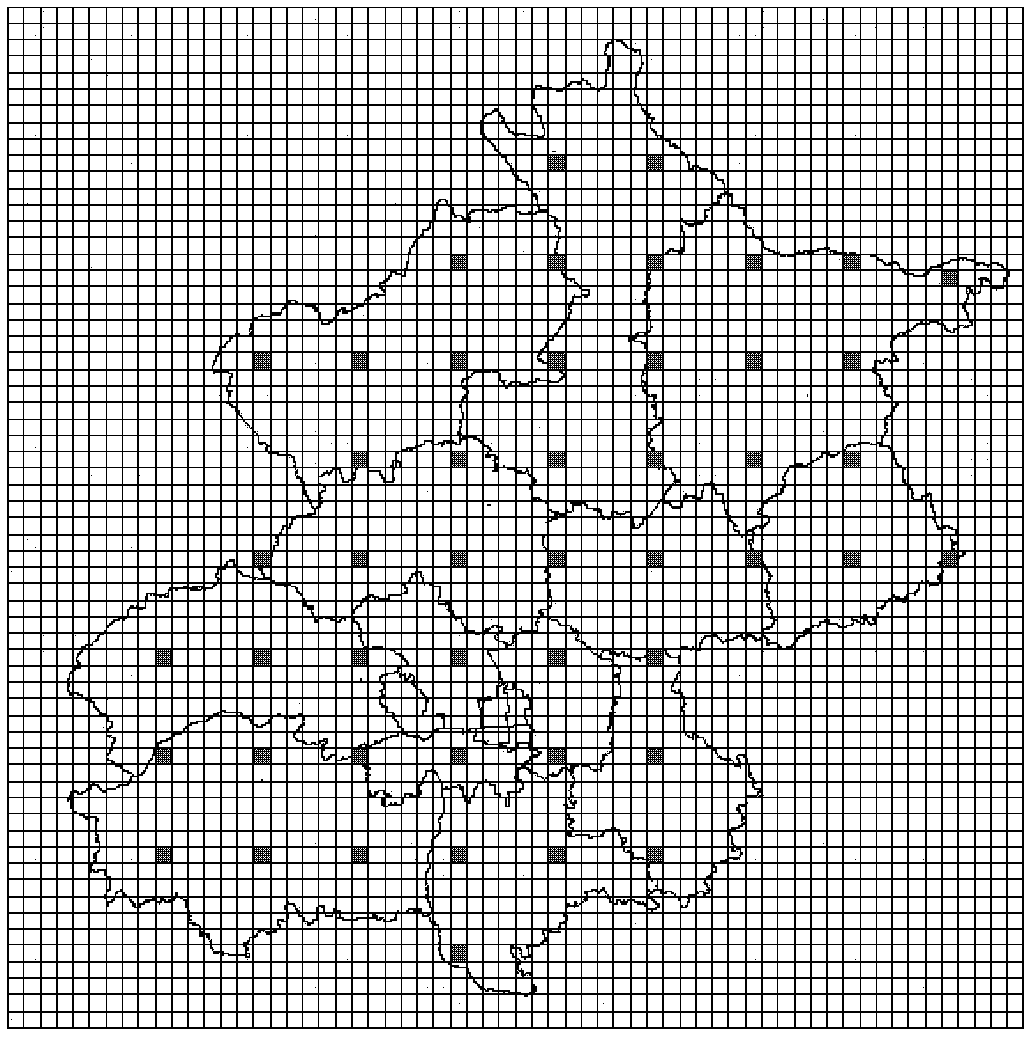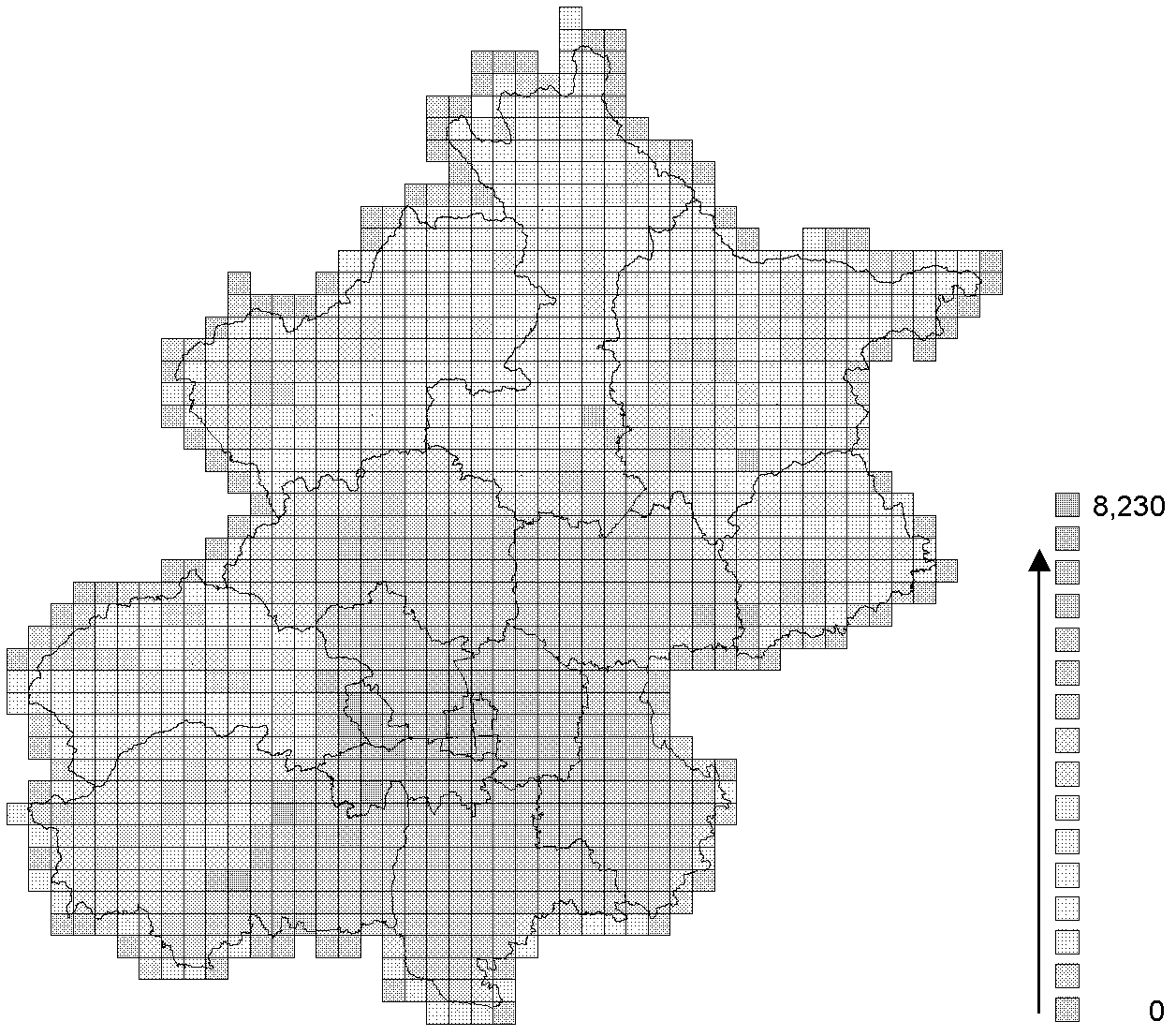Atmospheric pollution source grading method based on pollutant source identification technology
An air pollution source and identification technology technology, applied in the field of air pollution source classification based on pollutant source identification technology, can solve problems such as large amount of calculation, model limitations, errors, etc., to improve environmental quality, improve emission reduction efficiency, and reduce air quality. effect of concentration
- Summary
- Abstract
- Description
- Claims
- Application Information
AI Technical Summary
Problems solved by technology
Method used
Image
Examples
Embodiment Construction
[0042] The present invention will be further described in detail below in conjunction with the accompanying drawings and specific embodiments.
[0043] refer to figure 1 (a) The schematic flow chart of the air pollution source classification method based on the pollutant source identification technology shown in (a), the method specifically includes:
[0044] S101, perform meteorological simulation with high temporal and spatial resolution in the research area based on the meteorological model;
[0045] For a schematic diagram of a practical application, see figure 1 (b), first select the simulation base year, based on the global 1°×1° resolution model background field grid data (6h interval) provided by the US Center for Environmental Prediction (NCEP), and fully collect all meteorological data in the study area in that year The meteorological observation MICAPS data of each season on behalf of the month at the station includes the monitoring data of various meteorological ...
PUM
 Login to View More
Login to View More Abstract
Description
Claims
Application Information
 Login to View More
Login to View More - R&D
- Intellectual Property
- Life Sciences
- Materials
- Tech Scout
- Unparalleled Data Quality
- Higher Quality Content
- 60% Fewer Hallucinations
Browse by: Latest US Patents, China's latest patents, Technical Efficacy Thesaurus, Application Domain, Technology Topic, Popular Technical Reports.
© 2025 PatSnap. All rights reserved.Legal|Privacy policy|Modern Slavery Act Transparency Statement|Sitemap|About US| Contact US: help@patsnap.com



